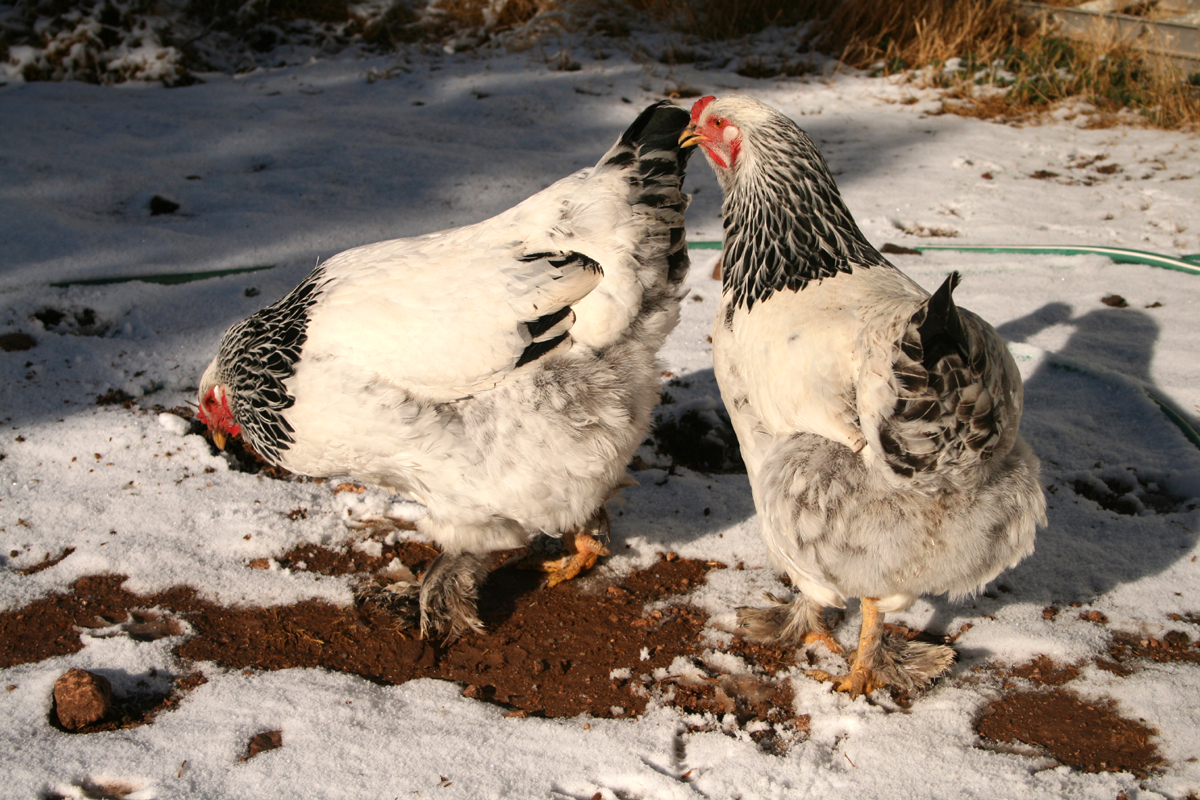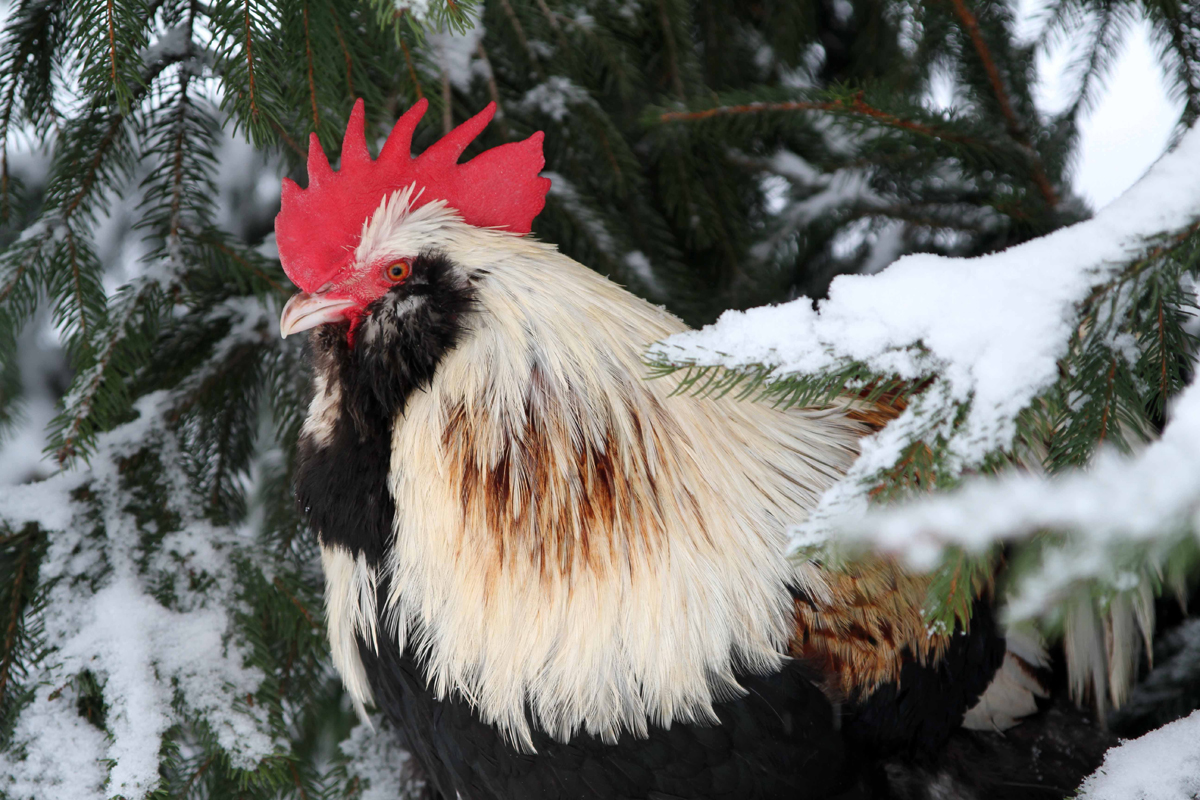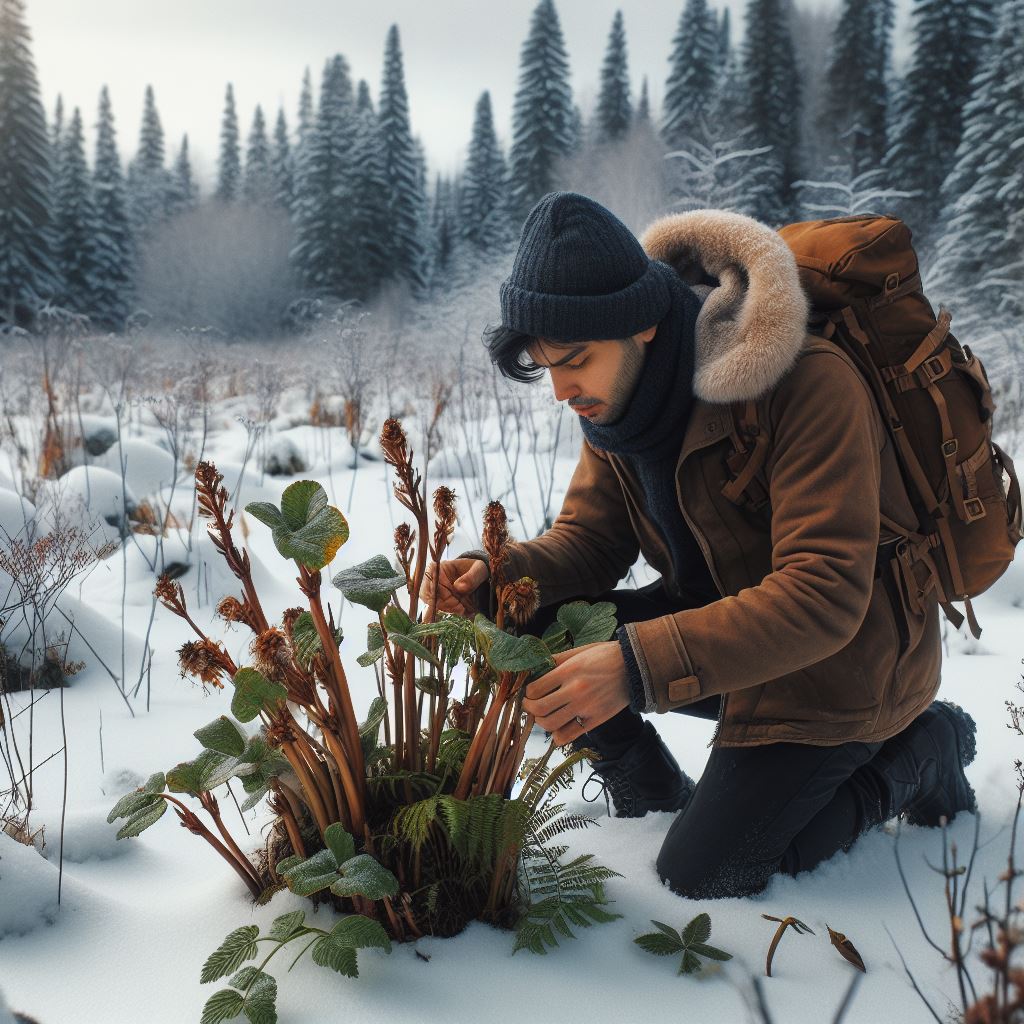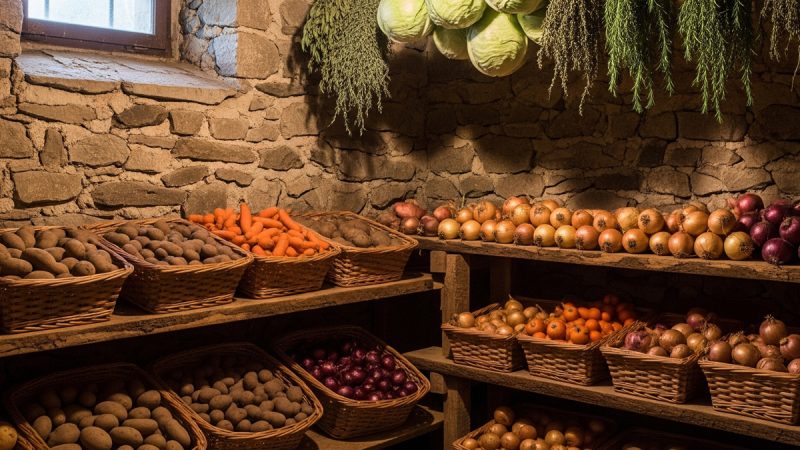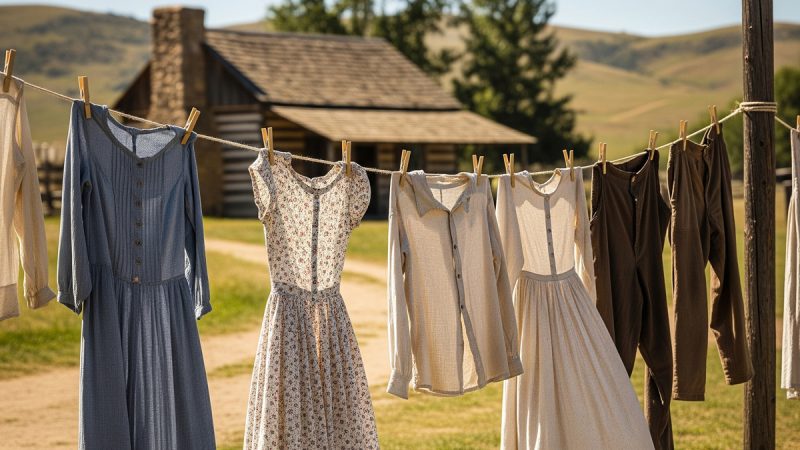Fire Resistant Landscaping
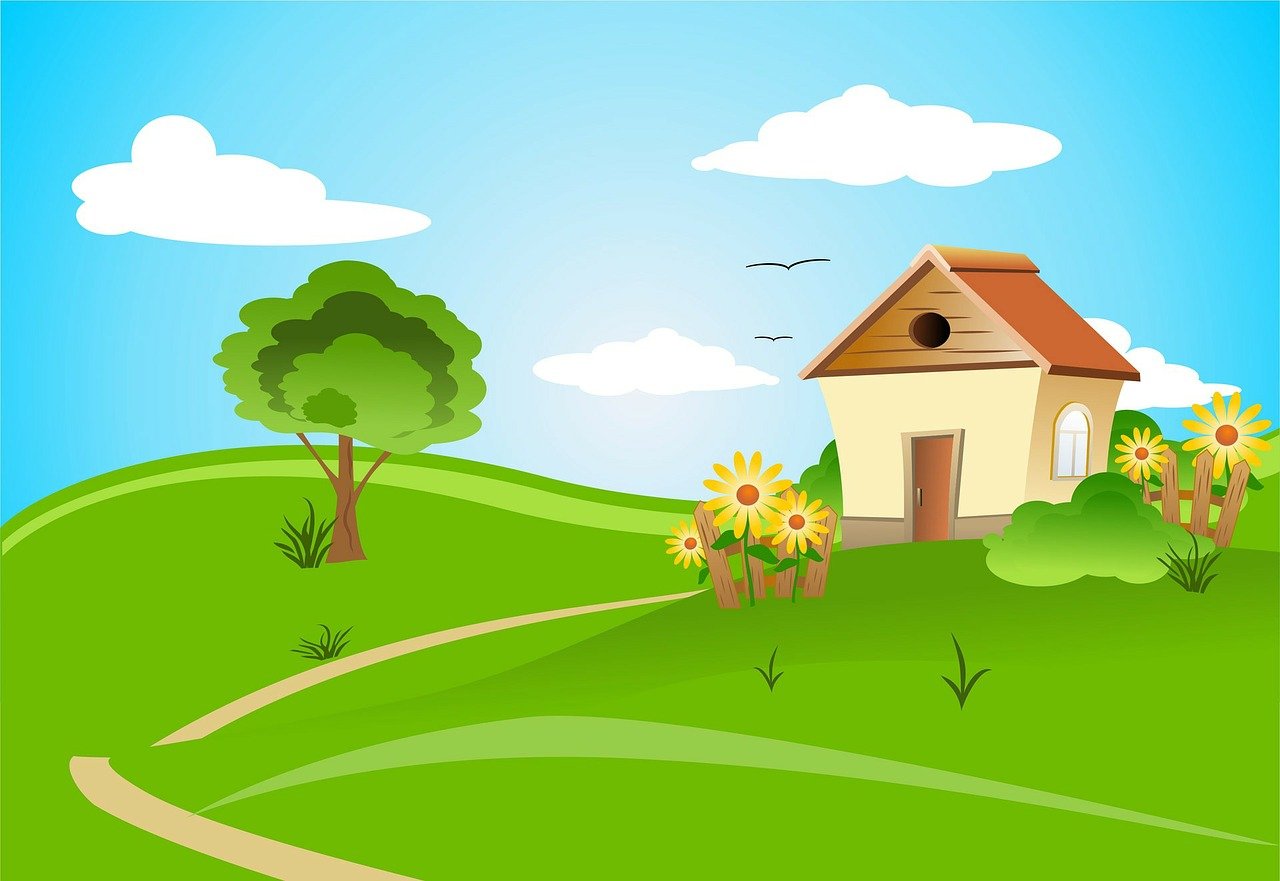
No one disputes that the wildfires are a major risk each summer. Sprawl development around big cities and second home projects in scenic areas have pushed more homes into the “wildlife urban interface,” where uncontrolled fires ignite houses and put both residents and firefighters at risk.
Ultimately, firefighters’ lives and homes will be better protected when homes are landscaped to be able to resist wildfire damage with minimal or no need for human intervention. This is entirely technically feasible, and is necessary if communities located within fire-prone landscapes are to become sustainable.
The first action is creating a defensible space around your home. Allow at least 30 feet, and in very fire prone areas at least 100 feet free of combustible materials. This means reducing the amount of wildfire fuel from shrubs, dead plant material and firewood.
This area should utilize fire-resistant vegetation that is healthy and green for most of the year. Defensible space is an area around a structure where forest fuels and vegetation are treated, cleared, or reduced to slow the spread of wildfire towards the structure. It also reduces the chance of a structure fire moving from the building to the surrounding forest. Your house is more likely to withstand a wildfire if grasses, brush, trees, and other common forest fuels are managed to reduce a fire’s intensity.
Here are some more suggestions on how to make home landscaping more resistant to wildfires.
Always keep a watchful eye towards reducing the fuel volumes available to fire. Be aware of growth habits of the plants within your landscape and of the changes that occur throughout the seasons.
Remove annuals and prune perennials after they have gone to seed or when the stems become overly dry. Rake up leaves and other litter as it builds up through the season.
Mow or trim grasses to a low height within your defensible space.
Remove plant parts damaged by snow, wind, frost , or other agents.
Prune all plants, trees, and shrubs in a timely manner; this is critical. Pruning not only reduces fuel volumes but also maintains healthier plants by producing more vigorous growth.
Maintain your landscaping. This is a critical part of your home’s defense system.
Consider too, that regular landscape maintenance provides fire safety. Over time, plants grow and spread; mulches dry out; leaves and pine needles accumulate. All contribute to the fuels from which a fire grows. Proper maintenance improves the appearance and helps protect your home from wildfire.
Using fire resistant plants in your landscaping is part of the overall fire defense plan.
What are Fire-Resistant Plants?
Fire resistant plants are plants that don’t readily ignite from a flame or other ignition sources. Although fire-resistant plants can be damaged or even killed by fire, their foliage and stems don’t contribute significantly to the fuel and, therefore, the fire’s intensity.
Plants that are fire-resistant have the following characteristics:
- Leaves are moist and supple.
- Plants that have little dead wood and tend not to accumulate dry, dead material within the plant.
- Sap is water-like and does not have a strong odor.
Most deciduous trees and shrubs are fire-resistant.
However, it’s important to remember that even fire resistant plants can burn, particularly if they are not maintained in a healthy condition.
While little can be done to control the natural fires that occur in many areas, homeowners can change their approach to landscaping and help improve the chances of their homes and property surviving a brush fire.
The Author:
better-landscaping
Photo. Larisa-K



